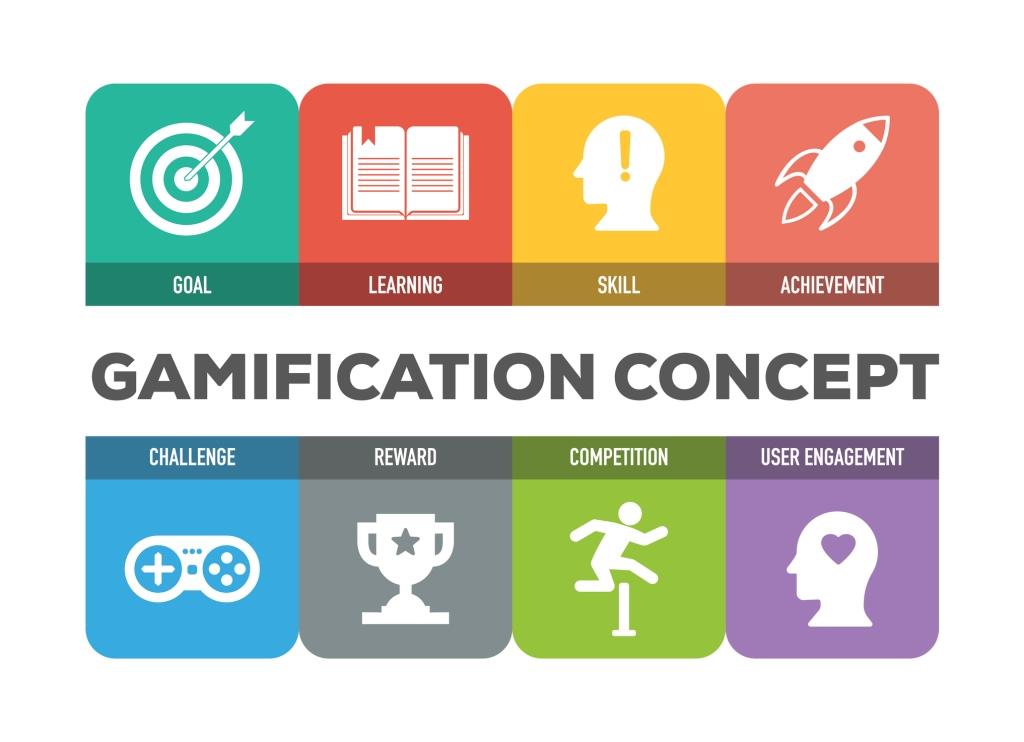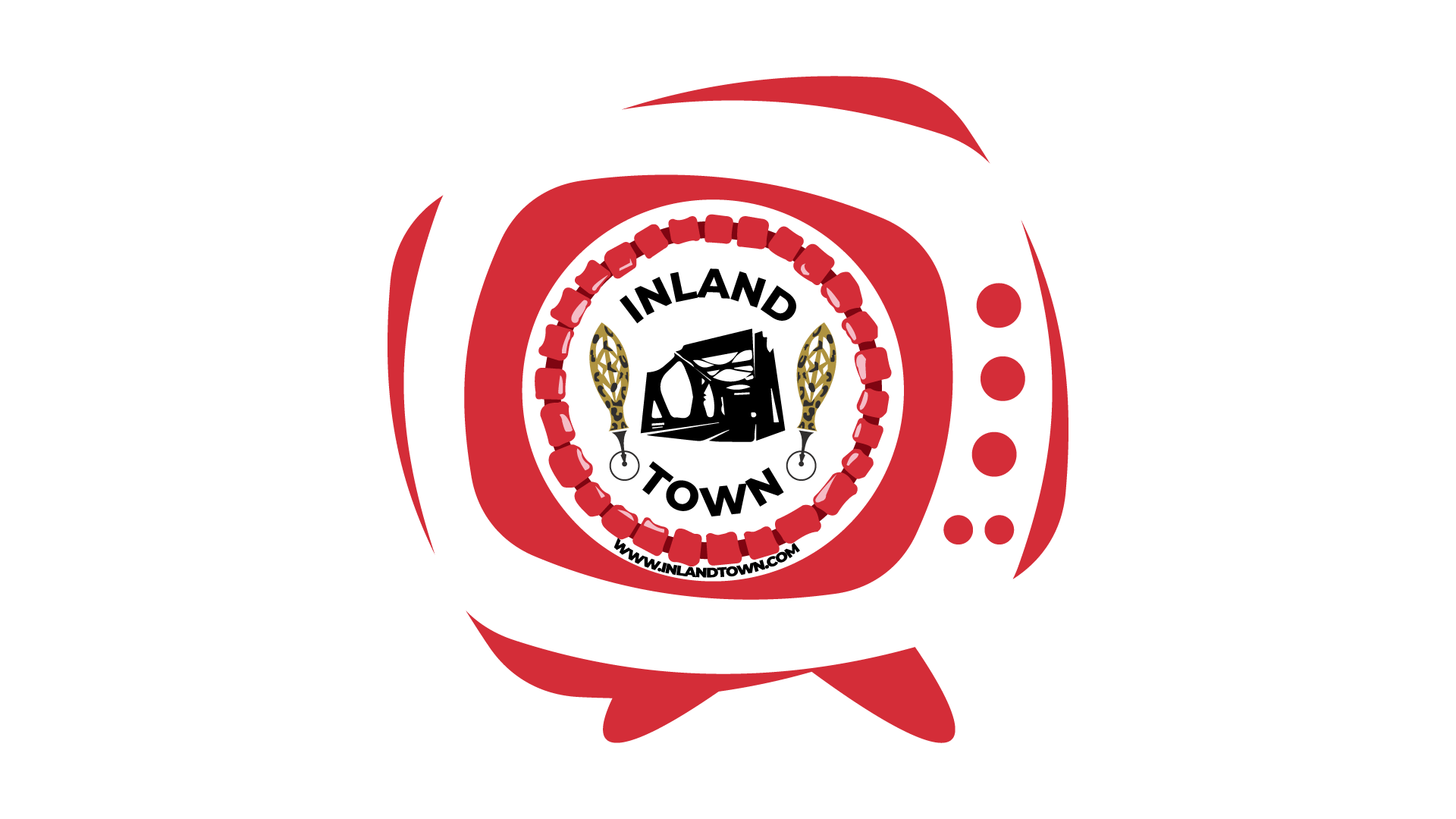You may have heard the term “Gamification” before now and thought to yourself, “that must mean making things look or feel like a game”. Well, if you had that thought process, congratulations! You already have a 50% knowledge of what gamification is. But do you really understand how gamification works and how it affects parts of your everyday life? Let’s walk through the grey areas together.
What is Gamification?
We talked about it already but to ensure we are on the same page let’s define it; According to wikipedia, “Gamification is the strategic attempt to enhance systems, services, organisations, and activities by creating similar experiences to those experienced when playing games in order to motivate and engage users.” read more.
Basically, it’s taking an activity, product, service or anything that is not essentially a game and applying game mechanics and dynamics to increase user engagement and loyalty.
READ ALSO: NEW DIGITAL PATHWAYS – TECHNOLOGY, CREATING AND MARKETING ART
The next question on your mind now is probably “What are game mechanics and game dynamics?” Game mechanics are the various mechanisms that guide gameplay, while game dynamics define how the game and the players evolve overtime.
For example: game mechanics may be ‘scoring’ things, ‘moving’ things, ‘shooting’ things and ‘building’ things. By contrast, game dynamics may be ‘sense of loss’, ‘resource marshalling’, ‘facing adversity’, ‘identifying risk’

How does it work?
Gamification works by providing audiences with proactive directives and feedback through game mechanics and game dynamics added to online platforms that lead to the accomplishments of business goals and objectives. Gamification applies a strategy to non-game products that figures out the things that trigger users to take action and rewards them with features like point systems, badges, or even just simple progress indicators.
Attempting to gamify a product without careful thought leads to visual noise that clutters the interface and distracts users from the jobs to be done. To avoid this mistake, concentrate on how gamification can support your users as they move through your product, rather than simply entertaining them for the sake of it.
Why Gamification?
Research has found that adopting game thinking and mechanics in non-game contexts can help improve engagement levels, assist in completing certain tasks, improve individual learning and encourage personal development.
Gamification, when done properly in any given produces a plethora of benefits such as:
1) Improve Consumer Engagement
Gamification is unique in its ability to keep the brain engrossed and appeal to people’s love of rewards, levelling up and competition.
2) Target a specific Demographic
Members of Gen Z are looking to become the biggest group of consumers by 2020. Gaming is almost synonymous with this generation, so putting two and two together is a no brainer. Gamified content provides the exact type of content this generation is used to; bite-sized, visual and highly addictive.
3) Maintain Consumer Relationships
A really important opportunity afforded by gamification is the ability to reward consumers for their loyalty, engagement and sharing the brand’s message in a fun and captivating manner.
4) Increase Brand Awareness
Gamified experiences provide the opportunity for consumers to engage with a brand in a fun environment without feeling like the brand is saying “Pick me, Pick me.” These interactions are intended to provide positive associations and relationships for the user, which will hopefully benefit in the long term.
Gamification is becoming a ubiquitous part of product design. Done correctly, it can be an effective way to keep users engaged and make accomplishing necessary tasks more enjoyable. When done poorly, gamification can be distracting and gimmicky. Successful gamification is all about balancing users’ needs and motivations with their desire to be entertained.


